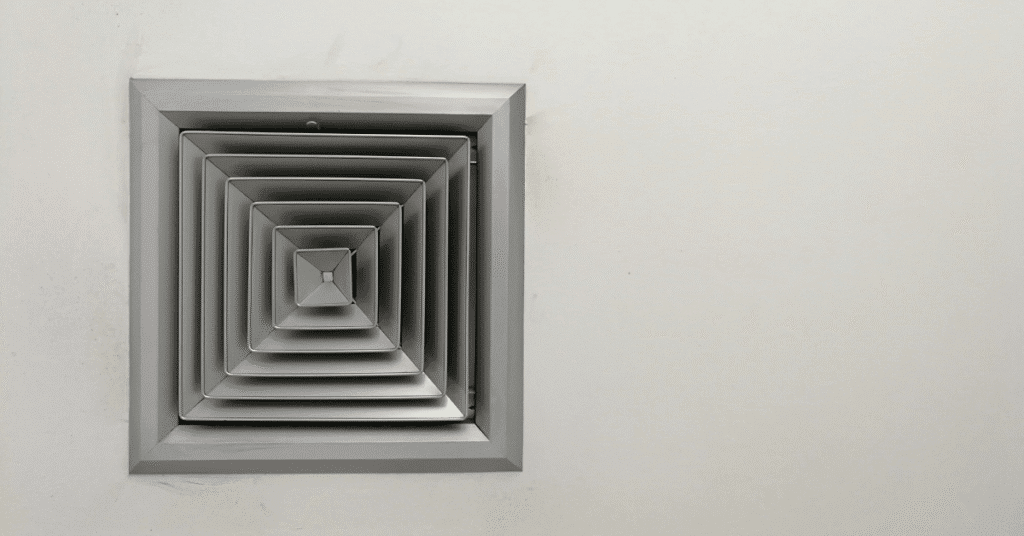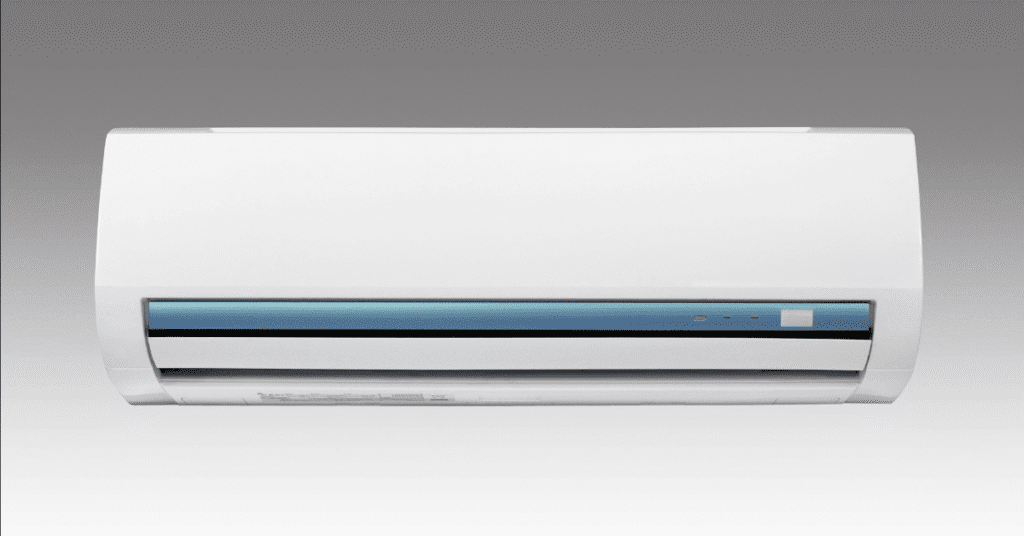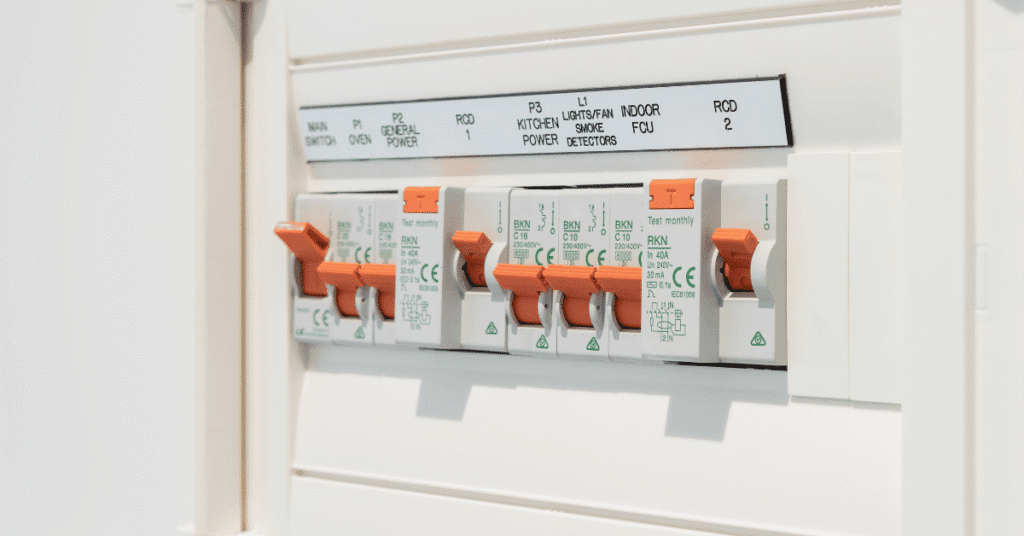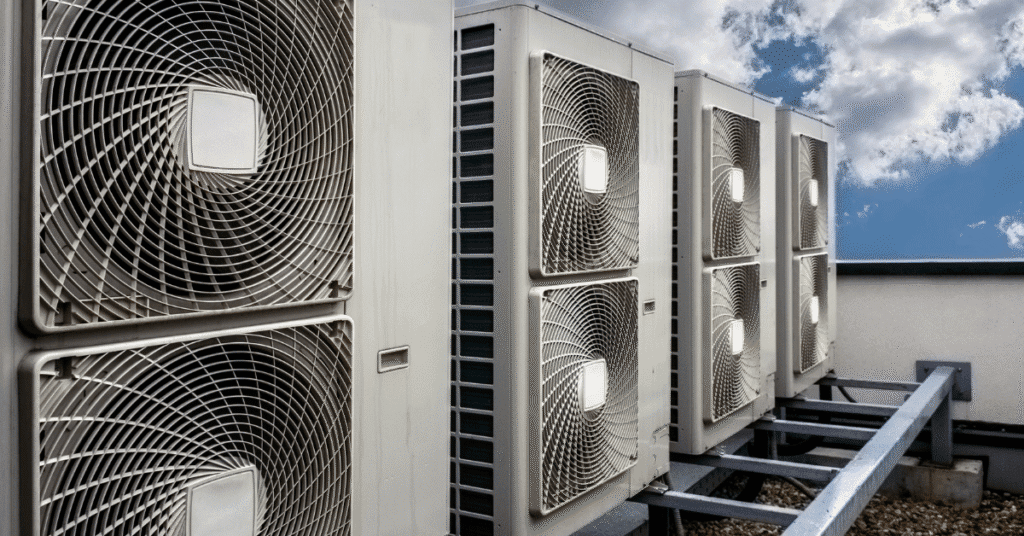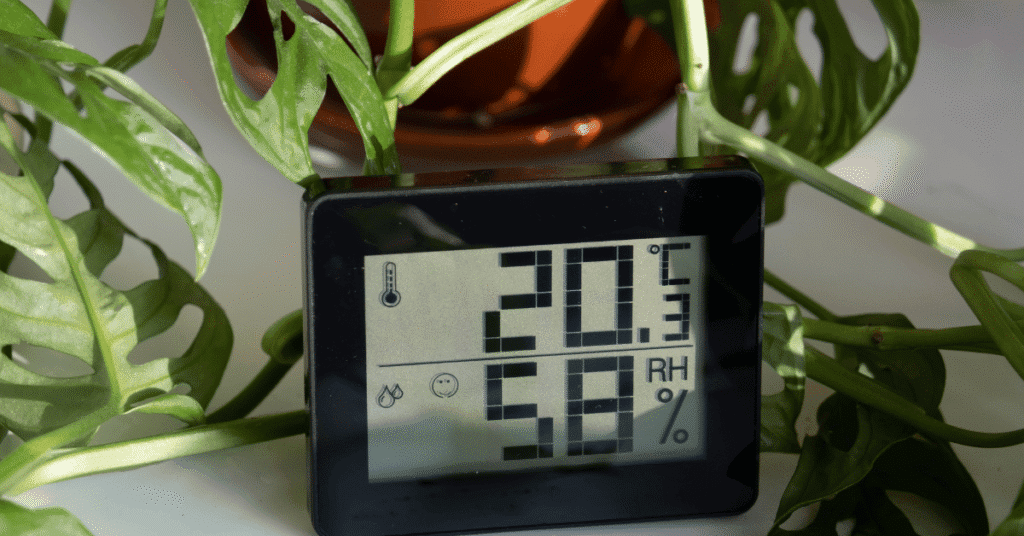When the summer months arrive, knowing the best thermostat setting for summer is essential for both comfort and energy savings. Setting your thermostat too low can increase your energy bill, strain your HVAC system, and reduce its lifespan. On the other hand, setting it too high may make your family uncomfortable. Finding the ideal thermostat temperature helps you stay cool, reduce cooling costs, and extend the efficiency of your air conditioning system.
Why Thermostat Settings Matter in Summer
Your thermostat isn’t just a switch to cool the air it’s the control center for heating and cooling your home. Choosing the right thermostat setting directly affects:
- Energy efficiency: Each degree higher in summer saves money on your electric bill.
- Comfort and energy efficiency: A balanced house temperature keeps your home comfortable without unnecessary energy use.
- HVAC health: A poorly chosen setting can overwork your AC and shorten its lifespan.
When you set your thermostat too low, your air conditioner may run constantly, which not only increases costs but also accelerates wear and tear.
Recommended Thermostat Settings for Summer
According to the Department of Energy, the recommended thermostat settings for summer are:
- Daytime (when home and active): Keep your thermostat at 76°F–78°F.
- Nighttime (for sleeping): Set between 74°F–76°F for better comfort.
- When away or on summer vacation: Raise to 82°F–85°F for energy savings.
Experts recommend setting your thermostat to 78 during summer days for the best thermostat setting for summer. This balances comfort with savings and keeps your HVAC system in good condition.

Factors That Influence the Best Temperature to Set Your Thermostat
The temperature to set your thermostat can vary depending on:
- Climate and outdoor temperature: Idaho Falls and other hot regions require different adjustments.
- Insulation quality: Homes with leaky air ducts or poor insulation need cooler settings.
- Health conditions: Seniors, children, or pets may need slightly cooler indoor conditions.
- Energy costs: Families may raise or lower the thermostat to manage expenses.
The best summer thermostat setting depends on balancing these factors to keep your home comfortable and efficient.
Smart Thermostats: A Modern Solution
Installing a smart thermostat or Nest thermostat allows you to adjust the temperature remotely, monitor usage, and receive energy efficiency reports. These features help you:
- Adjust the temperature automatically when you’re asleep or away.
- Program schedules for 8 hours a day at energy-saving levels.
- Track how your energy-efficient air conditioning is performing.
- Integrate with other smart devices for maximum comfort.
A programmable thermostat makes it easier to follow recommended thermostat settings for summer and winter without constant manual changes.
Tips to Stay Cool Without Overworking Your AC
Even with the best thermostat settings, you can cool your home more efficiently by combining smart habits with proper HVAC maintenance:
- Use a ceiling fan to circulate cool air.
- Seal windows and fix leaky air ducts to prevent air loss.
- Schedule cleaning, repair, and installation services for your HVAC system.
- Change filters regularly for better airflow.
- Close curtains during the day to reduce the rising heat index.
These small actions support your thermostat settings and lower cooling costs.
Common Thermostat Mistakes to Avoid
- Setting the thermostat too low (like 68 degrees Fahrenheit) won’t cool faster it only wastes energy.
- Constantly adjusting your thermostat confuses your system and increases costs.
- Ignoring humidity can make your home feel warmer even at a cooler setting.
- Failing to schedule HVAC cleaning and repair reduces performance.
Instead, try setting your thermostat a few degrees higher and rely on fans to stay comfortable.

Energy Savings and Comfort Balance
The “1° Rule”: For every degree you raise your thermostat in summer, you can save up to 10% on your energy bill.
- Example: Adjusting from 74°F to 78°F can significantly lower costs.
- Thermostat at 78 degrees Fahrenheit during peak hours provides comfort while lowering expenses.
- When you’re away for more than 8 hours, raise the thermostat by 7 to 10 degrees to save money.
This method ensures comfort and energy efficiency while reducing cooling costs.
Why Professional HVAC Guidance Matters
Even the best thermostat setting for summer won’t help if your HVAC system is poorly maintained. Professional services can:
- Inspect and repair air ducts to prevent leaks.
- Provide installation of energy-efficient systems.
- Recommend thermostat settings for summer and winter tailored to your home.
- Offer emergency repair services if your air conditioner’s temperature fails to meet demand.

Conclusion
The ideal thermostat temperature in summer depends on your comfort, budget, and system efficiency. For most homes, the best thermostat setting is:
- 78 degrees during summer days,
- Slightly cooler at night,
- Higher when away.
Pair this with a smart thermostat, regular cleaning and repair, and smart energy-saving habits like using a ceiling fan. Doing so ensures your HVAC system stays efficient, your air conditioning costs stay manageable, and your family can stay cool all season.



